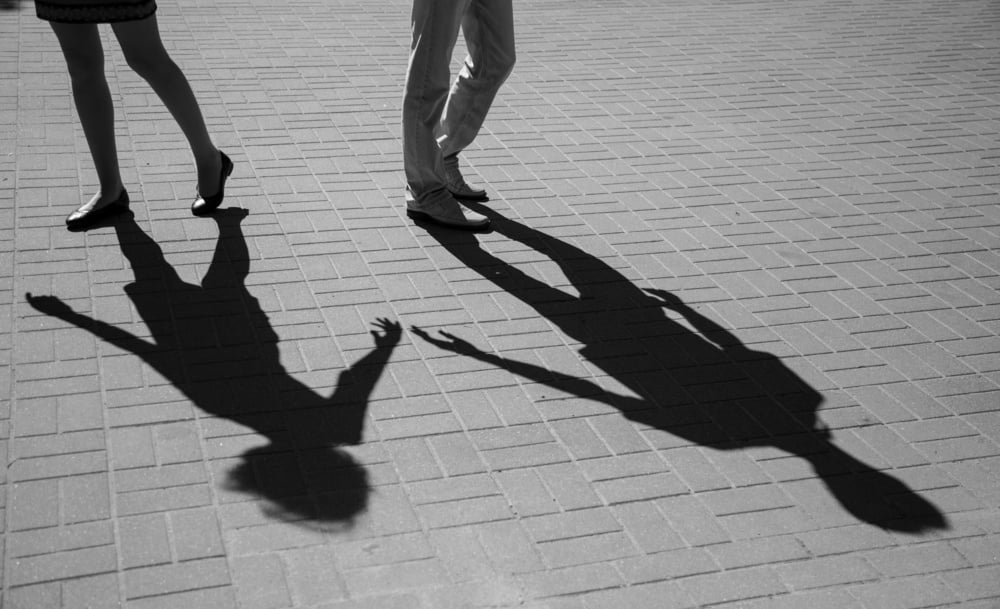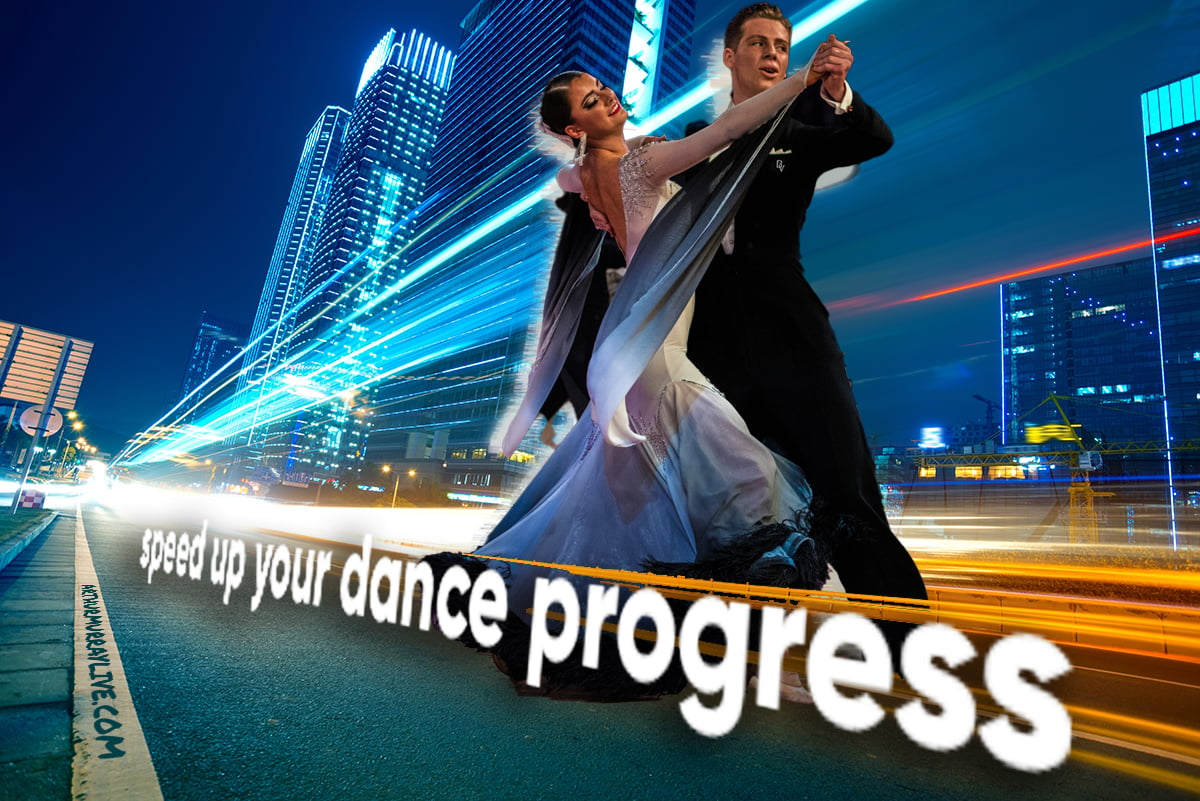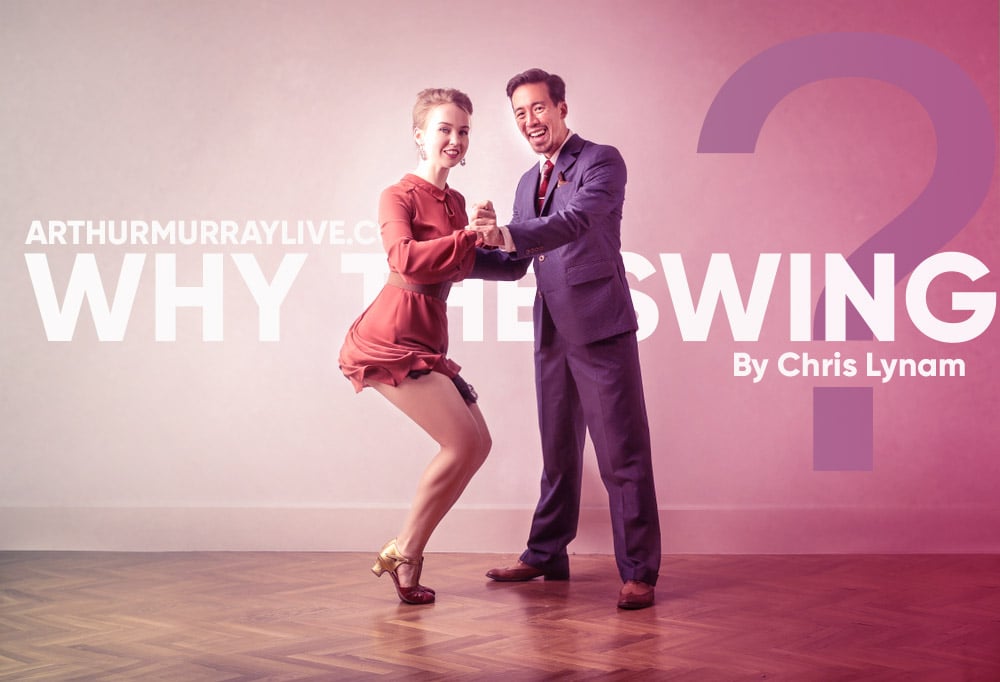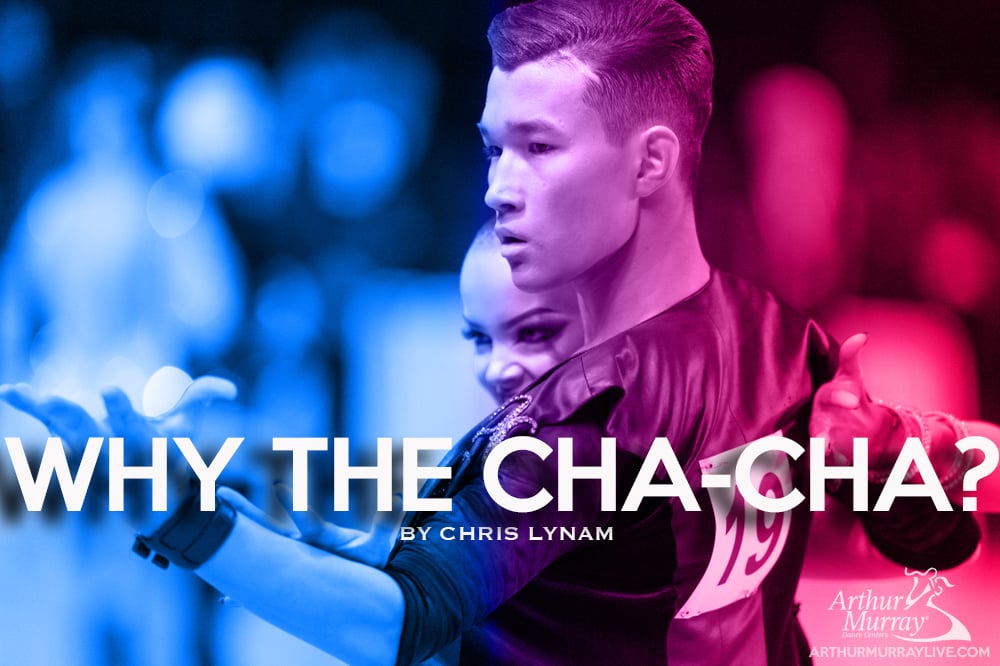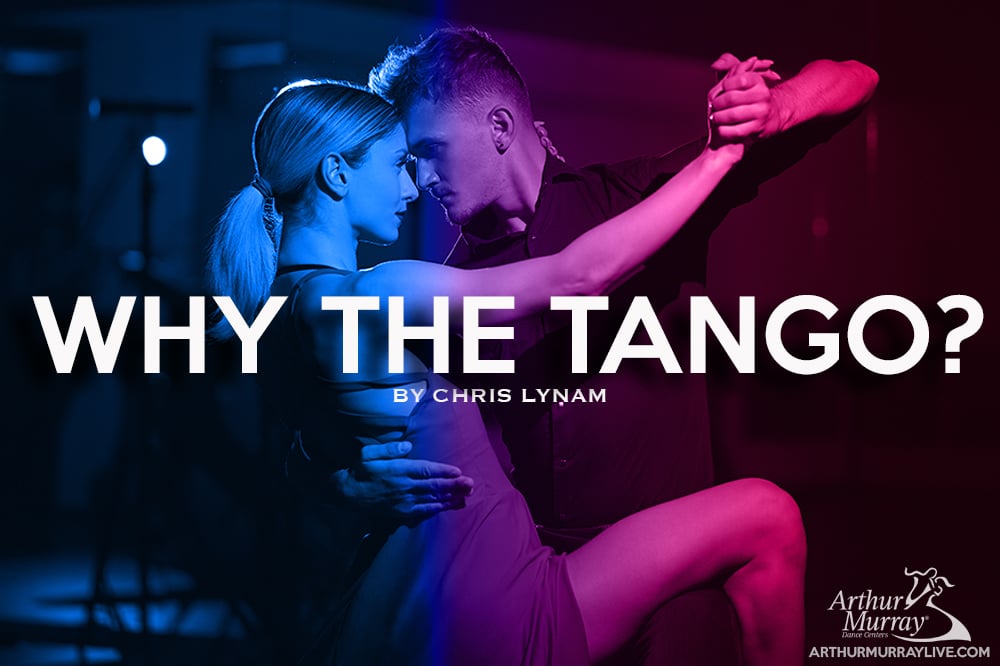 This is a test of the Ballroom Dance Benefit broadcast system. This is only a test. The following will be a challenging encounter that may bring back feelings of losing a workout buddy, a study Buddy, or the disbanding of your favorite Rock group from the 1980's.
This is a test of the Ballroom Dance Benefit broadcast system. This is only a test. The following will be a challenging encounter that may bring back feelings of losing a workout buddy, a study Buddy, or the disbanding of your favorite Rock group from the 1980's.
This test may require a heightened level of sensitivity, strategy, and yoga-like breathing exercises. Remember, this is only a test.
What Happens When Your Dance Partner Quits?
Whether you're in a dance partnership, or trying to do your best to save one, we hope that you're using this article as a reference point. An overview that will clue you in on the subtle signs to watch for, and never overlook, so you can enjoy your dance hobby with a partner now, or when the time is right.
S.E.N.S.I.T.I.V.E.
In case your situation is beyond a Boombox + Peter Gabriel "Say Anything" serenade, we recommend using this "Sensitive" acronym as a guide.
S - Start with an apology
You can't control the past, you can't control their feelings, but what you can control is how you handle this. A sincere apology, right from the get go, starts this process off on the right path.
E - Empathy
Sure, it may be frustrating that they are feeling this way, but this isn't the time to pour on the guilt. Instead, keep it graceful. Even if you're just dance friends, showing empathy will ensure that it stays that way. At some point your partner probably got caught in the Awkward Use stage of Dancing for too long - and this was their way out.
N - Negate the Negatives
It would be easy to show empathy to your partner, and speak negatively behind their back. The last thing you want in your dance environment is any negativity, even if you feel hurt in the pit of your soul, you've got to eliminate it completely to make this transition successful.
S - Share With Your Teacher
Being objective in your self assessment is harder than doing the Gold level Tango. This is where it's vital to chat with your teachers. They can shed light on areas to improve on as a dancer, and as a partner.
I - Invite Feedback
Use this opportunity to ask questions like, "Is there something I could have done to make our partnership more enjoyable to you?". It may shed new light, or give you some peace of mind. Share the feedback with your teacher and repeat as necessary.
T - Trust the Process
This transition is important, and your teachers will outline a process for making it successful. Trust them. Not only have they had partners themselves, they have encountered this problem more frequently. They'll be your guide through this detour in your dance journey.
I - Increase Your Visibility
This is not the time to go into seclusion, or dance studio exile. In fact, you should do just the opposite. Increasing your visibility eliminates any weird feelings, or perceptions. Take a few extra lessons, dance every dance at the practice parties, and ensure that your smiling face is ever-present in your dance oasis.
V - Validate Your Time
This partnership taught you something. Maybe it didn't last as long as you would have liked, but it served a purpose for you as a dancer, and person. So take a minute to thank them. Tell them what you enjoyed, what you learned, and the positives you'll take from your time together. This validates your partnership, and reminds them, and you, that it was time well spent.
E - Expand the Big Picture
Dancing is important to you. In fact, most people have reasons for why they enjoy dancing well before they have a dance partner. Whether it is the benefits of weight loss, stress relief, or a positive outlook on life - those things won't stop with your dance partner's exit.
Final Thought
"There are some people who dance because they love everything about it, and others who just want to fulfill a social obligation" were the words of legendary Arthur Murray consultant, Jacques De Beve. The first time I ever heard him say that, I remember thinking, "that's not possible, who would only ever want to dance to fulfill a social obligation?"
Then the reality kicked in.
Not everyone will enjoy the same things you do, in the same way that you do - and that's completely okay. Your paths may not continue, but that doesn't condemn either journey. This is just a test, and what you gain from it may prepare you for the next curve in your dance journey.



